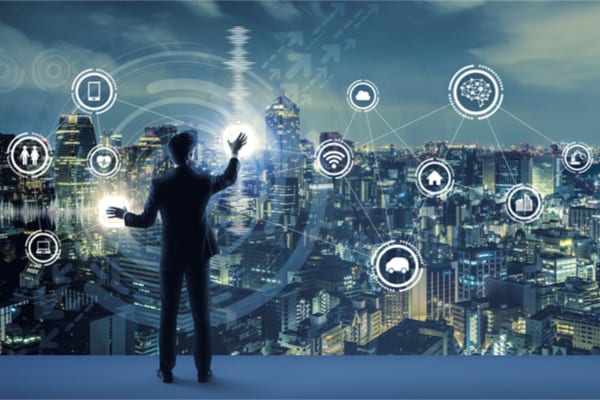The amount of data we produce every day is truly mind-boggling. Over the last two years alone 90 percent of the data in the world was generated. There are 2.5 quintillion bytes of data created each day at our current pace, but that pace is only accelerating with the growth of the Internet of Things [IoT]. So, to the uninitiated, just what is, “The Internet of Things?”
The Internet of Things [IoTs] is defined as “the interconnection via the internet of computing devices embedded in everyday objects, enabling them to send and receive data.” Essentially, it is machines talking to other machines. This is the concept of connecting any device with an on and off switch to any other device via the internet.
An example of machine to machine [M2M] communication is happening in the Amazon rain forest where M2M sensors have been placed on trees in protected areas. As soon as a tree has been felled or moved, law enforcement receives a message alerting them to the location. On a wider scale, the IoTs could be applied to things like transportation networks, smart cities with autonomous vehicles, energy networks and efficiency, health services, or virtually any device that can be connected. In the future, we can use an app on our smartphone or personal device to do so many useful things such as: Turning on the washing machine remotely, turning on your dinner to have it ready for when you get home, or having access to your home security.
But it’s not just the smart home and social interactivity that will use the IoTs, there are huge applications in industry and the office. To date, the potential of the Internet of Things has only just begun.
—
Photo Credit: metamorworks / Shutterstock.com
